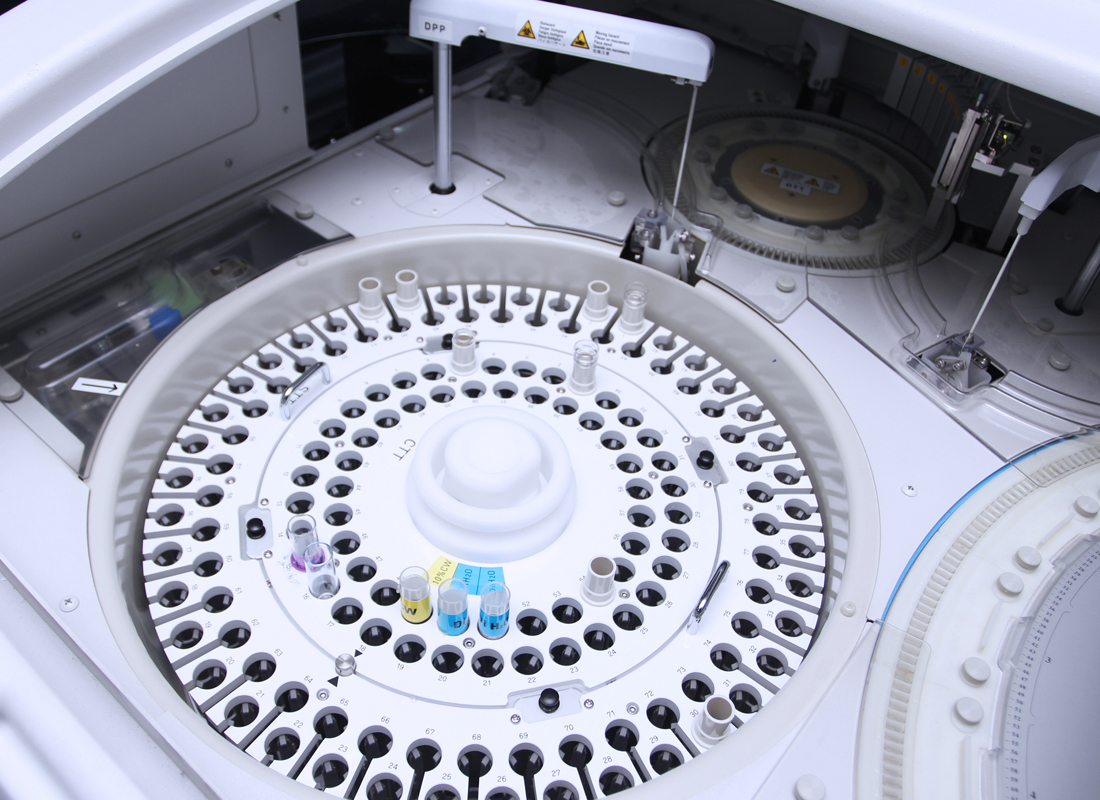Automating Your Clinical Laboratory
How clinical laboratories can get started in automation—and what to consider when doing so.

Subscribe to Clinical Diagnostics Insider to view
Start a Free Trial for immediate access to this article
How clinical laboratories can get started in automation—and what to consider when doing so.

Start a Free Trial for immediate access to this article